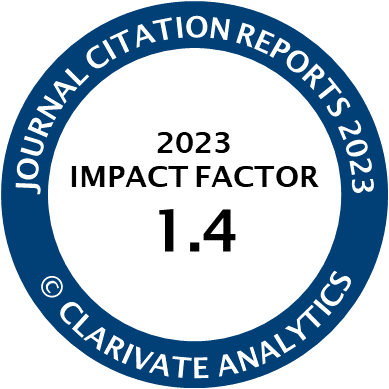Article | Open Access
A Systematic Review: How Is Urban Vulnerability in Fragmented European Cities Measured?
| Views: | 1882 | | | Downloads: | 469 |
Abstract: Urban vulnerability defines a situation of socio‐spatial fragility that precedes exclusion and generates a growing social fragmentation in European cities. The psychosocial and multidimensional nature of urban vulnerability determines the interaction among complex socioeconomic, sociodemographic, residential, and subjective variables. The main objective of the article is to explore the comprehensive treatment of this concept within the European framework. A systematic review of the literature allowed for the analysis of over 190 published articles drawn from the Web of Science and Scopus databases from 2002 to 2024. The systematic review is grouped into three main areas: (a) theoretical support for the concept and official variables used for measuring these, (b) classification of the articles reviewed into thematic categories, and (c) identification of changes in the conceptualization and measurement of urban vulnerability. Finally, based on the reflection and review undertaken, this article proposes a conceptual basis and a battery of indicators of urban vulnerability, all of which refer to common areas of vulnerability within the European context. In particular, this proposal includes a new approach for conceptualizing and measuring urban vulnerability based on the results of this subjective review. The findings of this comparative effort form the basis for developing a systematic approach to measuring this concept key to the area of territorial sciences within the European context.
Keywords: European Union; social exclusion; systematic review; urban vulnerability; vulnerability indicators
Published:
© Maria Belén Vázquez Brage. This is an open access article distributed under the terms of the Creative Commons Attribution 4.0 license (http://creativecommons.org/licenses/by/4.0), which permits any use, distribution, and reproduction of the work without further permission provided the original author(s) and source are credited.




